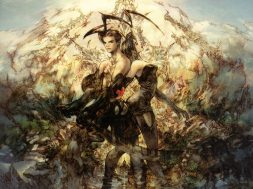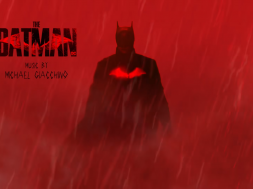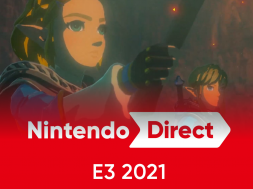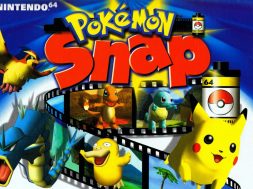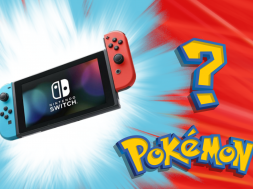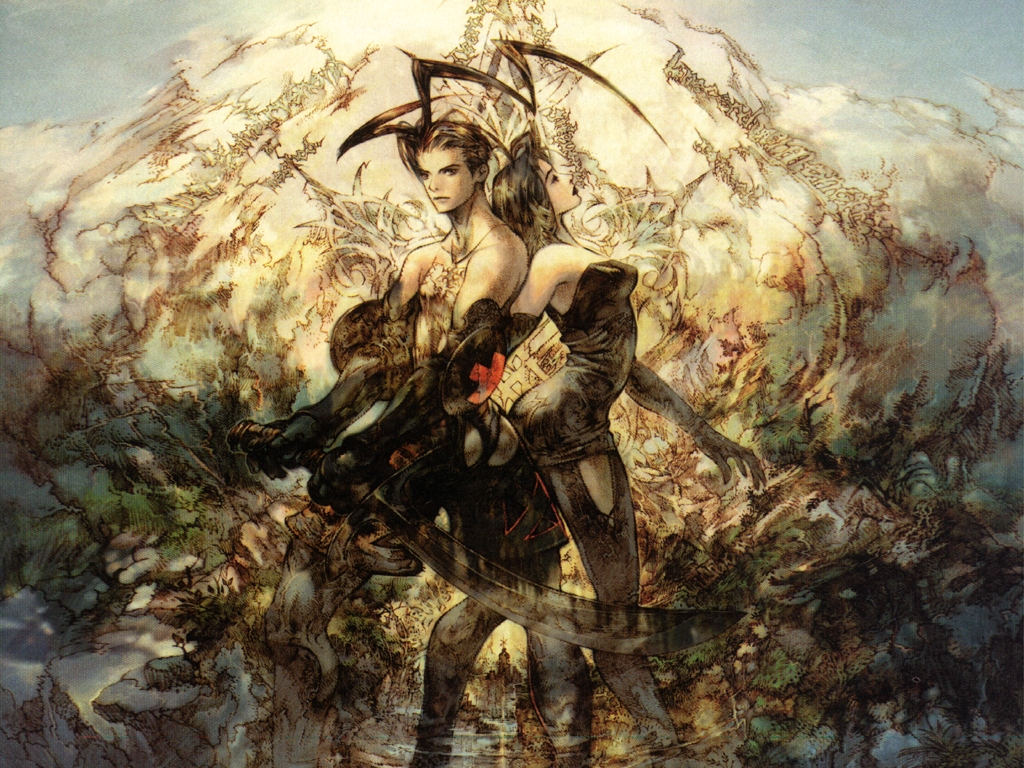
On the very first High Score, I talked a little bit about how Square-Enix, then called Squaresoft, were simply unstoppable in 90’s. Undoubtedly one of the most incredible creative periods in video game history, their output all the way up to Final Fantasy X was almost universally stellar. So much so that the company felt safe enough to break with expectations and throw out the occasional oddball. It’s a far cry from the Square-Enix we know and love, or loathe, today.
It’s next to impossible to imagine Squenix releasing Chrono Cross, Xenogears or Vagrant Story today, but it’s almost as difficult to imagine the state of the JRPG genre without them. Their influence is undeniable to anyone who’s played them and while not everything about Vagrant Story clicked together, one part of the experience that is definitely worth revisiting is its score from Squaresoft alumni Hitoshi Sakimoto.
Climax of the Graylands Incident Part 1
Context is important when we’re talking about Squaresoft scores. Sure, their golden age saw several artists across several mediums flourish and become enormously sought after in their own right, but for the composers, it was happening under the monolithic shadow of Nobuo Uematsu, whose orchestral ambitions had been embraced by millions. It must have been tempting to just mimic what he was doing, slap together a romanticized symphonic pop number and clock out by nine. Sakimoto and the others had different ideas and were determined to build on his established style with their own ideas and identities. Climax of the Graylands Incident Part 1 begins with all the majesty and pompousness of a Uematsu piece, but in its latter half reveals itself to be an altogether different, substantially more percussive work than initially expected.
Leá Monde Is Sealed
Betraying the cookie-cutter orchestral approach of Uematsu once again, Leá Monde Is Sealed sees Sakimoto using the orchestra as a textural device to carry his melodies in the brass. The strings murmur softly throughout and a harp echoes loftily in the distance. The movement in the strings is subtle and deceptively intricate.
False Memory
Sakimoto may toy with the formulas a little, but he’s still a Squaresoft alumni for a reason and on tracks like False Memory we get to hear him flexing his melodic muscle. The instrumentation is strange and ethereal, utilizing reverbs and synths to create a sparkling textural sky over his winds and strings. The central theme on the flute steals the show, at least until the psycho-style tone shift three minutes in. That’s where things get really interesting.
The End of Rosencrantz
Vagrant Story is a dark game. From its core themes and story to its art-style and colour palette, it is an impressive, oppressive experience that surprised a lot of people. The score is equally dark and ominous, relishing in dissonant string motifs and relentless percussion. The End of Rosencrantz feels like the summation of all Vagrant Story‘s musical malevolence.
***
Vagrant Story isn’t remembered in the same breath as Final Fantasy VII and Chrono Cross. Despite being a product of the same productive storm, it’s a much more aggressive and intimidating game. The score reflects that brilliantly, taking aspects of the familiar, the safe, the tried and tested, and throwing them in new, exciting directions for results that have never really been replicated.

